How to Get a Builder’s Risk Insurance Policy in Texas
When to Arrange Builder’s Risk Insurance
Coverage should be secured before construction starts or materials are delivered. Some carriers may write mid-project coverage, but it’s harder to arrange and may be more expensive.
Information You’ll Need for a Quote
Insurers typically ask for:
- Project address
- Completed value
- Construction type (wood, steel, masonry)
- Start and completion dates
- Who should be insured (owner, GC, lender)
- Security details (fencing, lighting, alarms, etc.)
Choosing Coverage Options
Builder’s risk policies can be tailored to your needs, including:
- Term length (3 months, 6 months, 12 months, or custom)
- Coverage extensions (scaffolding, temporary structures, debris removal)
- Soft costs (interest, advertising, or overhead costs if delays occur)
Adding Parties & Claims Process
Multiple parties—owners, contractors, subcontractors, and lenders—can be listed on the same policy. If a loss occurs, quick reporting and thorough documentation are critical for claims.

Our Texas Builder’s Risk Expertise
Ironwood partners with carriers specializing in construction risks, ensuring your coverage is properly structured and competitively priced for Texas projects.
Requesting Your Builder’s Risk Quote
With a few project details, Ironwood can provide a tailored quote—fast, accurate, and designed to meet contract requirements.
Frequently Asked Questions About Getting Builder’s Risk Insurance
How soon should I buy builder’s risk insurance?
Before construction begins or materials are delivered to the site.
Can both the owner and contractor be insured under the same policy?
Yes. Multiple parties can be included to protect all interests.
What happens if my project goes past the policy term?
Policies can usually be extended, but you’ll need to request it before the expiration date.
What information do I need for a quote?
Basic project details such as value, address, construction type, and timeline.
